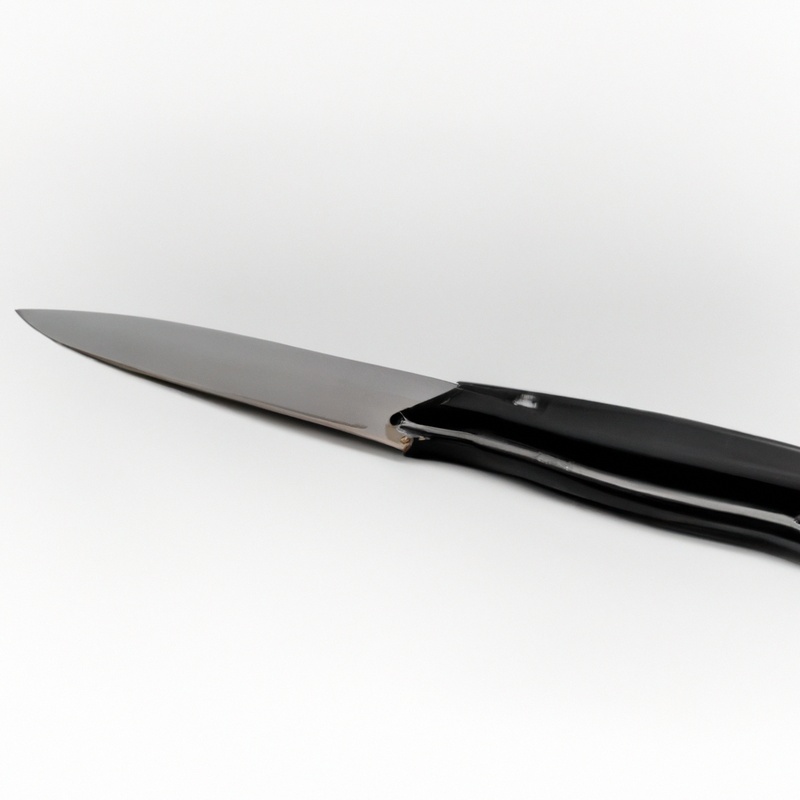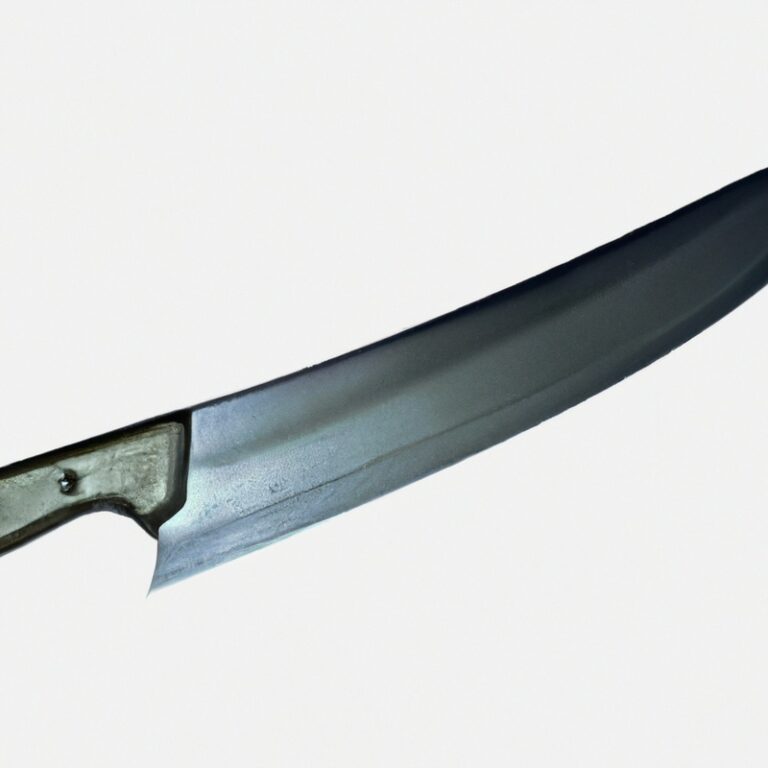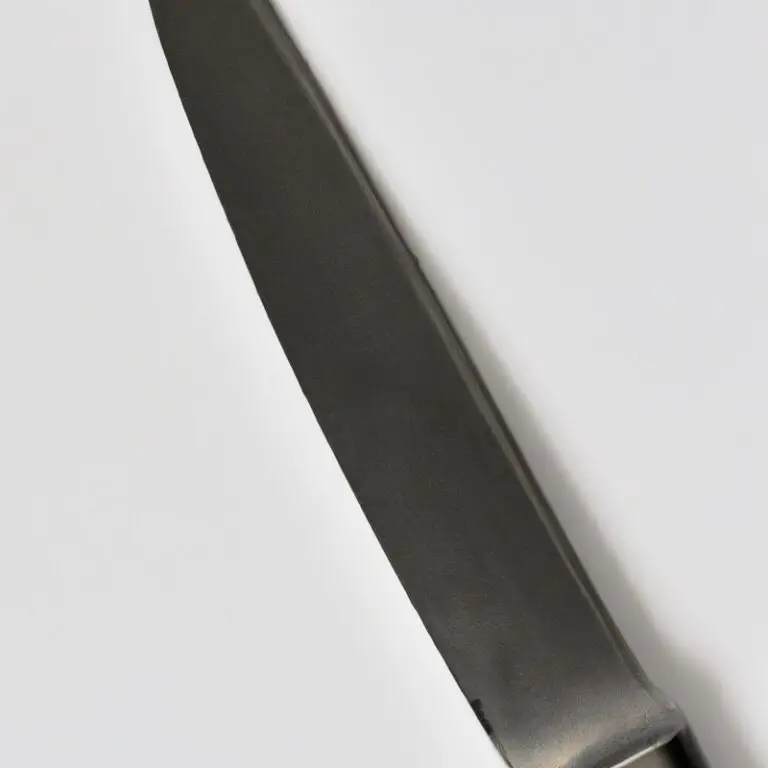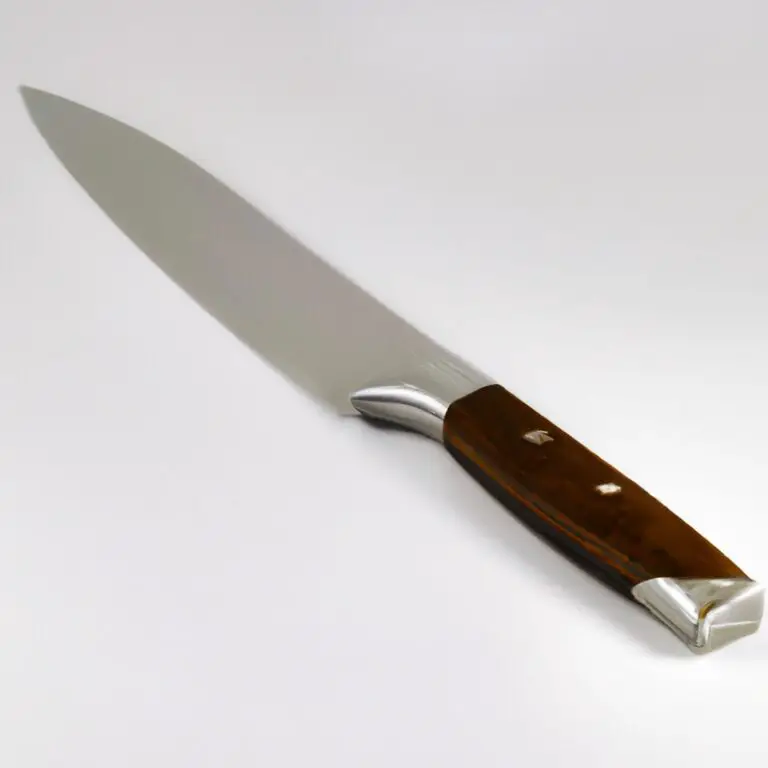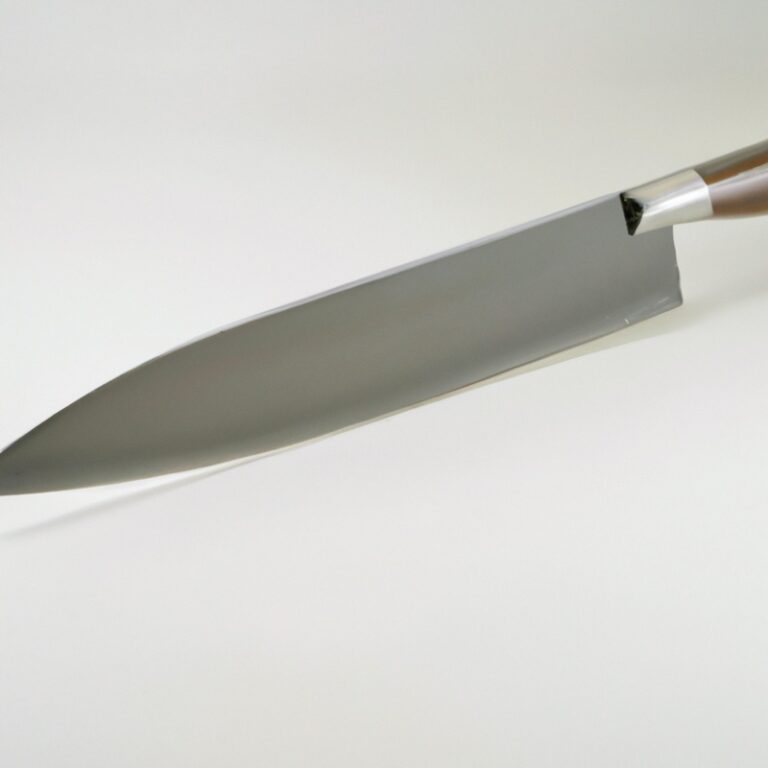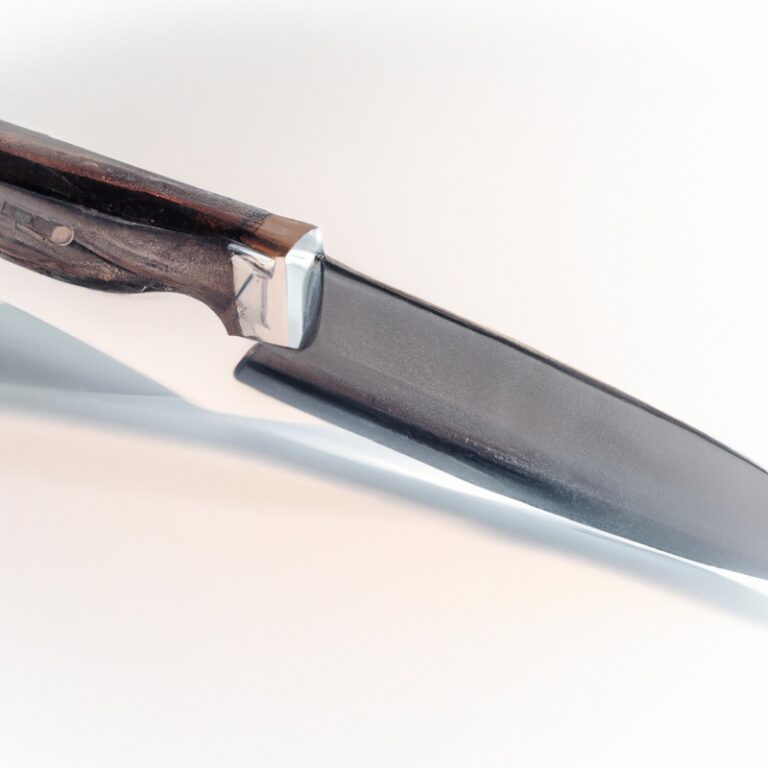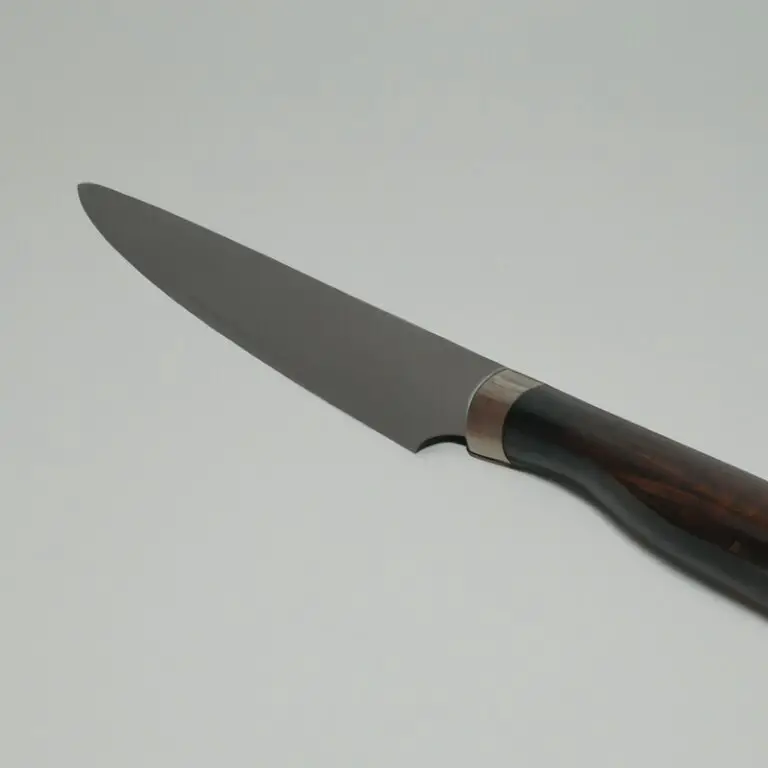What Is The Effect Of Copper In Knife Steel?
Key Takeaways:
- 1) Copper improves corrosion resistance in knife steel.
- 2) Copper can enhance the hardness and strength of knife steel.
- 3) Copper may negatively impact the edge retention of knife steel.
- 4) Copper can contribute to the overall aesthetics of knife steel.
Are you someone who appreciates a good, reliable knife? Well, have you ever wondered about the magic behind its strength, durability, and resistance to corrosion?
One element that plays a crucial role in achieving these desirable qualities is copper.
Yes, that shiny, reddish-brown metal that we often associate with electrical wiring and piping. But believe it or not, copper has a significant impact on the performance of a knife, making it a key ingredient in the steel used for blade construction.
In this article, I will delve into the importance of copper in knife steel, its role in heat treatment, popular copper alloys used in knife making, and debunk some myths along the way.
So sit back, relax, and let’s explore the fascinating world of copper and knives together!
| Effect of Copper in Knife Steel | |
| Properties | Effects |
| Hardness | Increases hardness and strength |
| Corrosion Resistance | Improves corrosion resistance |
| Toughness | Imparts higher toughness |
| Grain Size | Reduces grain size, enhancing performance |
| Machinability | Improves machinability |
Importance of Copper in Knife Steel
Enhanced corrosion resistance
Copper plays a significant role in enhancing the corrosion resistance of knife steel.
It forms a protective oxide layer on the surface of the steel, shielding it from rust and other forms of corrosion.
The copper content in knife steel can vary, but even a small amount can make a noticeable difference in preventing corrosion.
This means that knives with copper in their steel composition are better equipped to withstand exposure to moisture, humidity, and corrosive substances.
In addition to its protective properties, copper also helps to improve the overall appearance of the knife.
It imparts a warm, reddish hue to the steel, giving it a distinctive and attractive look.
So, if you want a knife that looks good and is resistant to corrosion, consider one with copper-infused steel.
Improved toughness and durability
Copper plays a key role in improving the toughness and durability of knife steel.
It enhances the steel’s ability to withstand impact and resist bending or breaking under stress.
The copper atoms help to form a finer grain structure, which enhances the overall strength of the steel.
This means that the knife will be less prone to chipping or cracking, making it more reliable and long-lasting.
Additionally, the presence of copper contributes to better corrosion resistance, further protecting the knife from damage.
So, the inclusion of copper in knife steel is a smart choice for those looking for tough and durable blades.
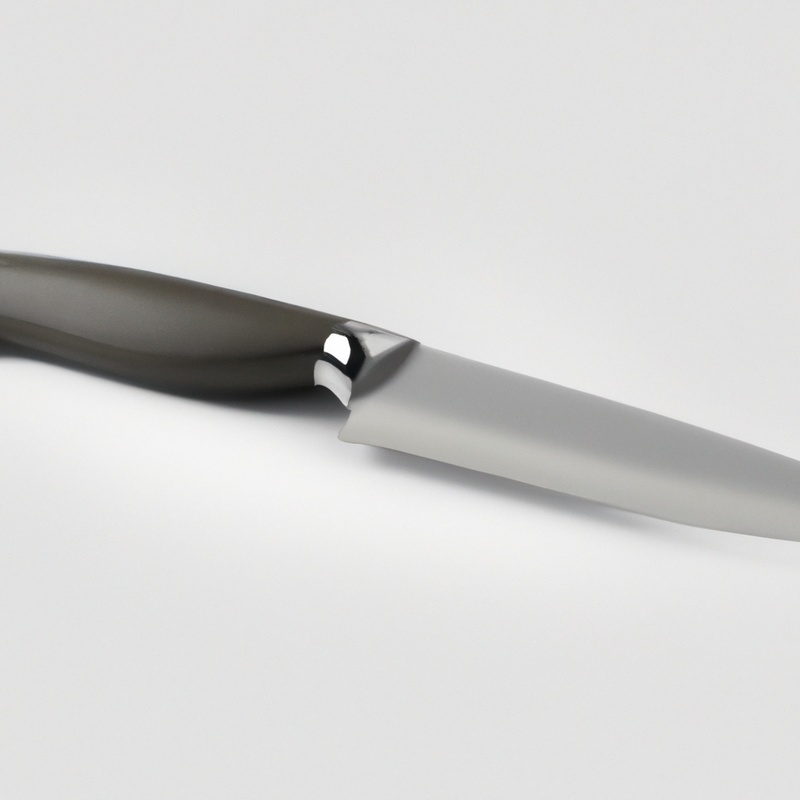
Contribution to overall strength
Copper in knife steel contributes to the overall strength of the blade.
It enhances the structural integrity and stability, making the knife less prone to warping or breaking.
The addition of copper improves the hardness and toughness of the steel, providing better resistance against wear and impact.
It also helps to prevent stress corrosion cracking, which can extend the lifespan of the blade.
Overall, copper plays a significant role in enhancing the strength and durability of knife steel.
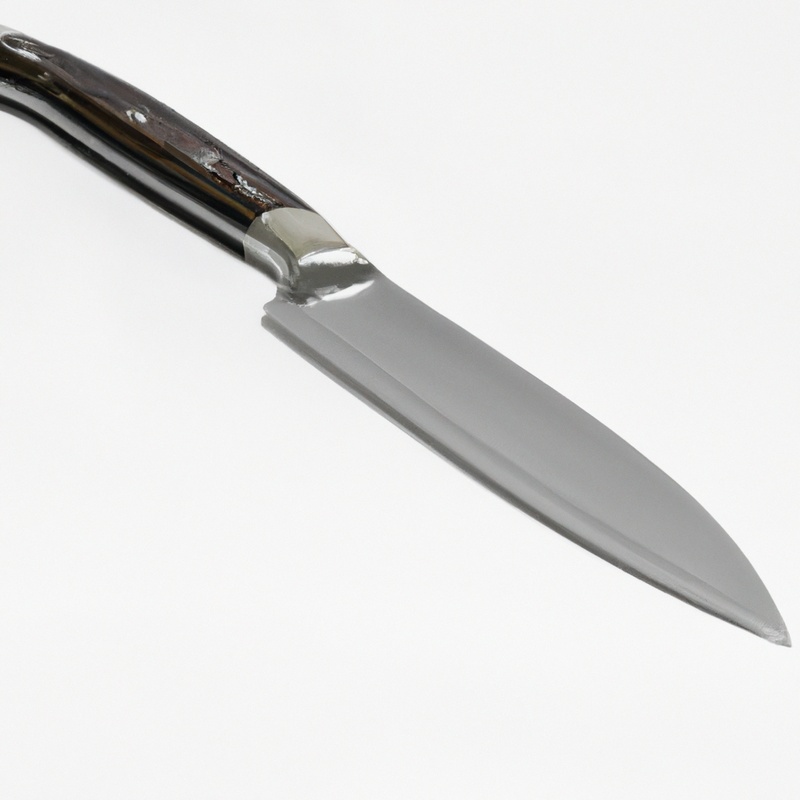
Copper’s Role in Heat Treatment
Influence on hardness and edge retention
Copper plays a significant role in determining the hardness and edge retention of knife steel.
The presence of copper in the steel alloy enhances its ability to attain high hardness levels through heat treatment processes.
This allows the blade to maintain its sharpness for a longer period of time.
Copper also contributes to the steel’s overall strength, making it more resistant to deformation and wear.
So, if you’re looking for a knife with excellent hardness and edge retention, consider one that incorporates copper in its steel composition.
Impact on tempering and annealing process
Copper plays a significant role in the tempering and annealing process of knife steel. It helps to refine the grain structure, resulting in improved mechanical properties such as increased hardness and strength.
Copper also aids in the formation of desirable phases during heat treatment, leading to enhanced wear resistance and toughness.
Additionally, it assists in the redistribution of carbon atoms, allowing for a more uniform distribution and reducing the risk of uneven hardness. Its presence enhances the overall heat treatment process, contributing to the quality and performance of the knife steel.
Effect on blade flexibility
Copper in knife steel can have an impact on the blade’s flexibility, or its ability to bend without breaking. Copper helps to improve the overall ductility of the steel, making it more resistant to cracking or snapping under stress.
This can be beneficial in situations where the blade may need to withstand bending or flexing, such as during cutting or chopping tasks.
However, it’s important to note that the exact effect of copper on blade flexibility will depend on the specific composition and heat treatment of the steel. It’s always best to consult with a knowledgeable knife maker or expert for more accurate information.
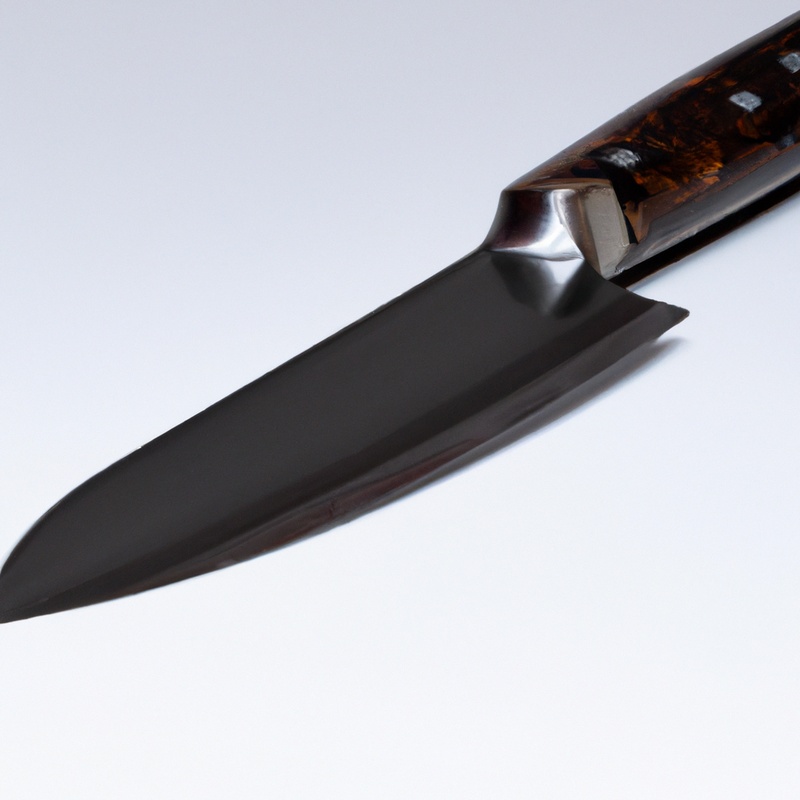
Copper Alloys in Knife Steel
Overview of popular copper alloys used in knife making
When it comes to knife making, there are several popular copper alloys that are commonly used for their unique properties and benefits.
Some of the popular copper alloys used in knife making include:
- Copper-Beryllium (CuBe: This alloy offers excellent corrosion resistance, high strength, and good hardness. It is commonly used for high-performance knives.
- Copper-Tungsten (CuW: This alloy combines the strengths of copper and tungsten to create a material that is highly resistant to wear and heat. It is often used for tools that require exceptional durability and cutting performance.
- Copper-Nickel (CuNi: This alloy offers good corrosion resistance and is often used in marine environments. It also has antimicrobial properties, making it suitable for kitchen knives.
- Copper-Aluminum (CuAl: This alloy is known for its high strength and toughness. It is commonly used in knives that require resistance to impact and deformation.
When selecting a copper alloy for knife making, it is important to consider the specific properties and benefits that each alloy offers.
Additionally, factors such as the intended use of the knife and the desired performance characteristics should also be taken into account.
Unique properties and benefits of each alloy
When it comes to copper alloys used in knife steel, each alloy offers unique properties and benefits.
Here are a few examples:
- C110 copper: This alloy has excellent electrical and thermal conductivity, making it ideal for applications where heat dissipation is essential. It also provides good corrosion resistance.
- C101 copper: Known for its high thermal conductivity and ease of fabrication, C101 copper is often used in knife making for its exceptional machinability. It is also resistant to corrosion and has good electrical conductivity.
- C145 Tellurium copper: This alloy is chosen for its improved machinability and wear resistance. It retains shape even under extreme pressure and has excellent thermal conductivity.
- C172 beryllium copper: Highly valued for its strength and hardness, C172 beryllium copper is often used in knife manufacturing for its excellent wear resistance and ability to retain sharp edges.
These unique properties and benefits offered by each copper alloy allow knife manufacturers to select the most suitable alloy for specific performance requirements, resulting in high-quality knives with enhanced characteristics.
Considerations when selecting copper alloy for knife steel
When selecting a copper alloy for knife steel, there are several key considerations to keep in mind. First, think about the specific properties you desire in your knife, such as corrosion resistance, toughness, and overall strength.
Different copper alloys offer varying degrees of these qualities, so it’s important to match them to your needs.
Secondly, consider the compatibility of the copper alloy with the heat treatment process. Some alloys may affect hardness, edge retention, and blade flexibility differently.
Lastly, think about the potential challenges and drawbacks associated with using copper in knife steel, such as increased cost, difficulties in heat treatment, and maintenance requirements.
Taking these considerations into account will help you choose the right copper alloy for your knife steel.
Challenges and Drawbacks of Copper in Knife Steel
Increased cost and potential affordability concerns
The incorporation of copper into knife steel can lead to increased cost and potential affordability concerns. Copper is a relatively expensive material, and when used in knife steel, it can add to the overall production costs.
This could make knives with copper-infused steel more expensive for consumers.
However, it’s important to note that the cost can vary depending on the specific alloy and the knife manufacturer. It’s essential to consider the long-term benefits and durability of copper-infused knives before making a purchasing decision.
Potential difficulties in heat treatment process
The presence of copper in knife steel can pose potential difficulties in the heat treatment process. One challenge is that copper tends to decrease hardenability, which refers to the steel’s ability to become hardened during heat treatment.
This means that achieving the desired level of hardness for the blade can be more challenging when copper is present.
Additionally, copper can lower the critical temperature at which the steel transforms during the quenching process, making it more difficult to achieve the desired hardness and edge retention. These difficulties require careful consideration and adjustment in the heat treatment process to ensure optimal results.
Blade maintenance and care considerations
Blade maintenance and care are important aspects of keeping your knife in optimal condition.
Here are some considerations to keep in mind:
- Cleanliness: Regularly clean your knife to remove any dirt, grime, or food particles. Use warm soapy water and a soft cloth or sponge. Avoid harsh abrasives or scouring pads that could scratch the blade.
- Drying: After cleaning, ensure that the blade is completely dry to prevent moisture-related issues such as rust. Use a clean cloth or towel to remove all moisture, paying special attention to the hard-to-reach areas.
- Oil or lubricate the blade: Applying a light coat of oil or lubricant to the blade after cleaning helps protect against corrosion. Choose an appropriate oil, such as mineral oil, and apply it sparingly using a cloth.
- Store properly: Proper storage prevents damage and prolongs the lifespan of your knife. Consider using a knife sheath, blade cover, or knife block to protect the blade from accidental bumps or contact with other objects.
- Sharpening: Regularly sharpen your knife to maintain its cutting performance. Use a sharpening stone or honing rod to re-establish a sharp edge. Follow proper sharpening techniques or seek professional help if you’re unsure.
Remember, proper maintenance and care can significantly extend the life of your knife and ensure optimum performance when you need it.
Copper in Knife Steel: Myths and Facts
Debunking common myths about copper in knife steel
There are some common myths surrounding the use of copper in knife steel that I would like to debunk.
One common myth is that copper weakens the steel.
In reality, copper actually strengthens the steel and improves its overall toughness and durability.
Another myth is that copper negatively affects the blade’s performance and edge retention.
However, copper does not have a significant impact on hardness or edge retention.
Additionally, there is a misconception that copper in knife steel increases the risk of corrosion.
On the contrary, copper enhances the steel’s corrosion resistance, making it more resistant to rust and other forms of corrosion.
Clarifying misconceptions and providing accurate information
Let’s clear up some misconceptions about the effect of copper in knife steel and provide accurate information.
Firstly, copper does contribute to enhanced corrosion resistance, helping your knife withstand moisture and humidity.
Secondly, it improves toughness and durability, ensuring that your blade can handle rigorous use without chipping or breaking.
Lastly, copper also plays a role in overall strength, adding to the structural integrity of the knife.
These benefits debunk the myth that copper has no significant impact on knife steel.
It’s important to have accurate information when selecting and maintaining your knives.
Final Verdict
Copper plays a crucial role in knife steel, providing numerous benefits and enhancing its overall performance. Its presence significantly improves corrosion resistance, toughness, durability, and strength.
Copper also affects the heat treatment process, influencing hardness, edge retention, tempering, annealing, and blade flexibility.
While there are challenges such as increased cost and potential difficulties in heat treatment, with proper care and maintenance, copper in knife steel can offer outstanding performance. Debunking common myths and clarifying misconceptions ensures that accurate information is disseminated.
So, incorporating copper in knife steel can be a wise choice for enthusiasts seeking an exceptional cutting tool.

